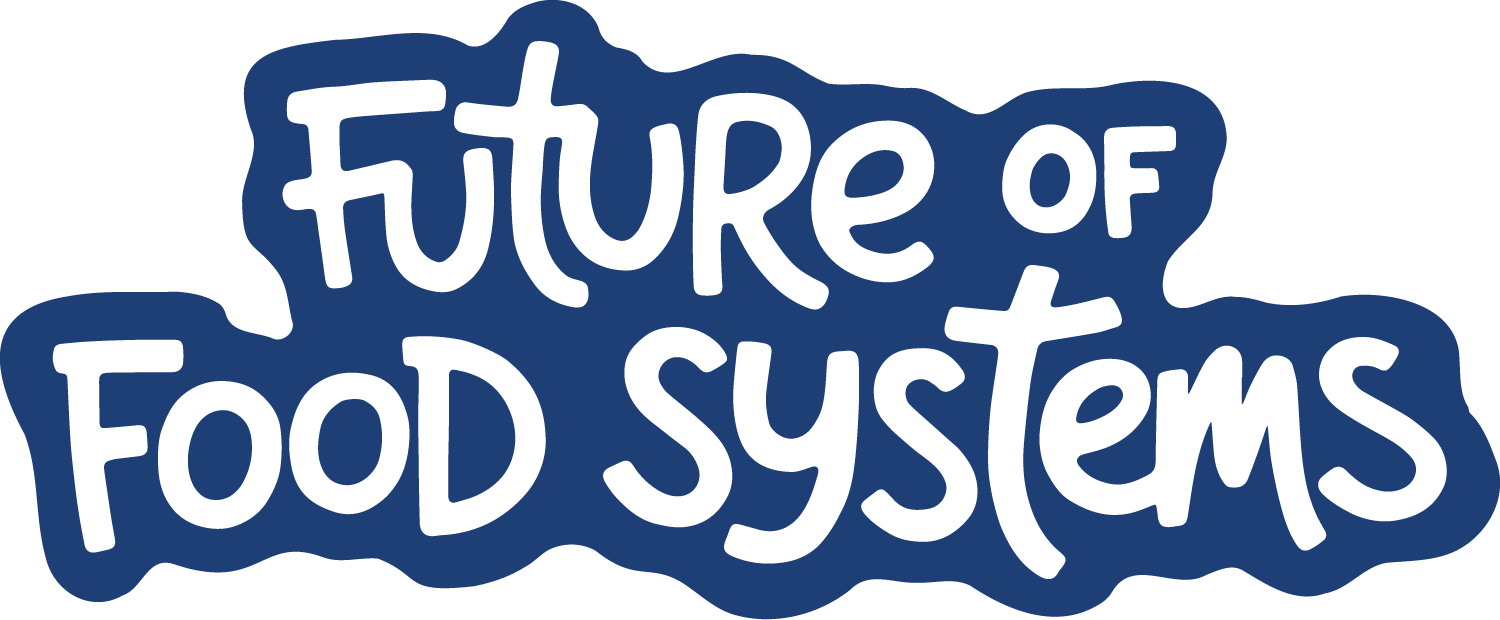
Hunger and malnutrition threaten global peace and survival. For pregnant women, this poses the risk of perpetuating an intergenerational cycle of malnutrition, by affecting the health and survival of their newborns.
Today, many pregnant women in low- and middle-income countries suffer from anemia and malnutrition, which can result in them giving birth to small and vulnerable babies. During pregnancy, the need for micronutrients is enhanced, presenting significant challenges for pregnant mothers who are already facing food insecurity or rising food prices, poverty, and barriers to adequate antenatal care.
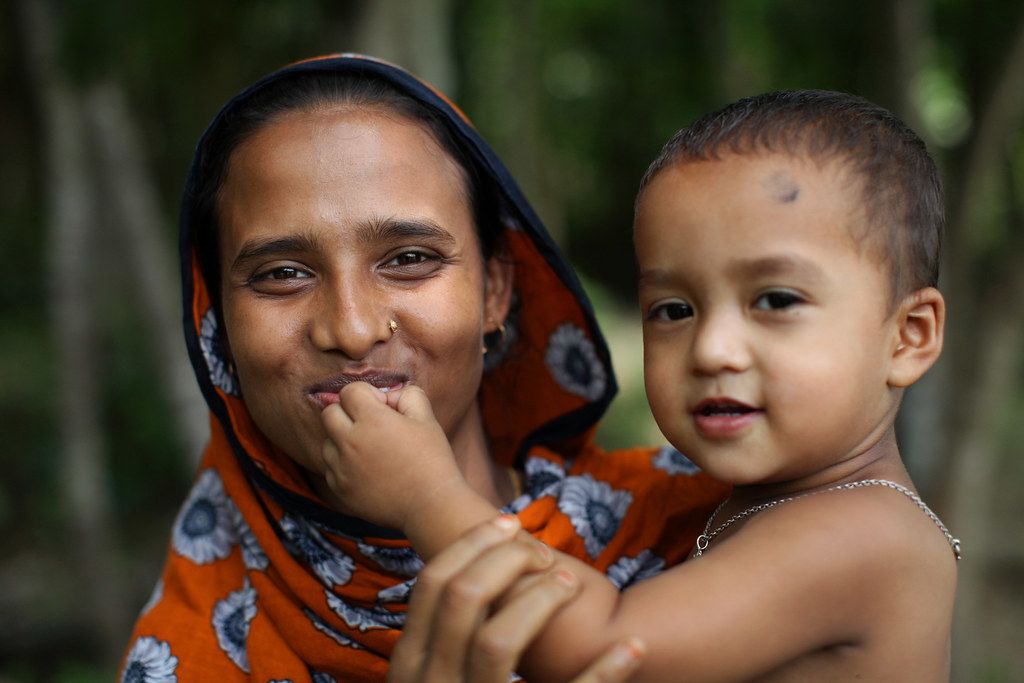
MMS prevents adverse birth outcomes such as low birth weight and pre-term birth. Photo: Global Alliance for Improved Nutrition (GAIN)
MMS prevents adverse birth outcomes such as low birth weight and pre-term birth. Photo: Global Alliance for Improved Nutrition (GAIN)
While women in high-income countries are often prescribed multivitamins to supplement their daily healthy diets, this access is limited to expectant mothers in other parts of the world. As a result, many in the scientific community are looking to prenatal multiple micronutrient supplements, or MMS, to provide a simple, cost-effective solution to reduce adverse pregnancy outcomes.
What are multiple micronutrient supplements?
MMS contains a combination of 15 vitamins and minerals, including vitamins A and D, as well as iron and folic acid, or IFA, which are key to strong health for mother and child. The most common prenatal micronutrient supplement was devised by the United Nations and is known as UNIMMAP MMS. Supplements such as MMS are typically distributed through tablets and have been widely tested in efficacy and effectiveness trials across multiple world regions.
MMS prevents adverse birth outcomes at a higher rate than IFA supplements, particularly among anemic and underweight women, according to a report by the New York Academy of Sciences, or NYAS. Randomized controlled trials demonstrated that regular intake of the UNIMMAP MMS during antenatal care among anemic women decreased stillbirth by nearly 21%, mortality rates among 6-month-old infants by 29%, and the risk of low birth weight by 19%. The supplements also positively influence long-term outcomes for infants, such as improved cognition and growth.
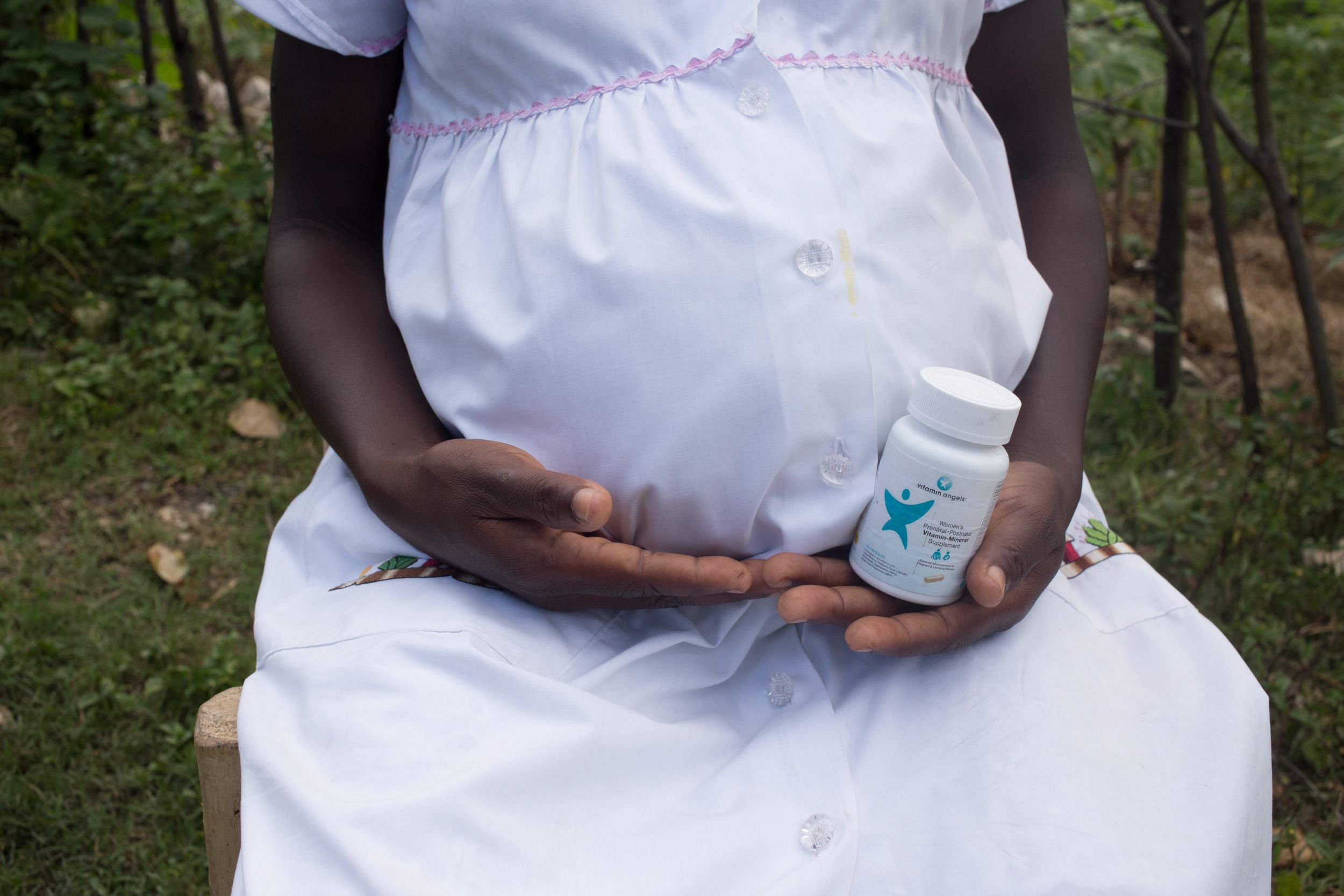
Supplements such as MMS are typically distributed through tablets. Photo: © Vitamin Angels
Supplements such as MMS are typically distributed through tablets. Photo: © Vitamin Angels
The benefits of MMS are undeniable, says Dr. Emily R. Smith, epidemiologist and assistant professor at The George Washington University’s Milken School of Public Health. Her team conducted an individual patient data meta-analysis, which combines and analyzes primary data from related studies to provide a much wider evaluation — what Smith calls the “gold standard of evidence synthesis.”
“It’s quite consistent that MMS compared to iron and folic acid alone does reduce the risk of low birth weight, preterm birth, and newborns being small for gestational age,” Smith said. “Having done a lot of meta-analyses, it’s actually not so common that you have such consistent evidence across trials.”
According to Smith, the combined meta-analysis looked at 17 trials for MMS, spanning approximately 140,000 women. “That’s a tremendous amount of data,” she said.
“Holding back an impactful product because of cost is unethical. If women in high-income countries can buy it off the shelf, not making it available in LMICs goes against the principles of diversity, equity, and inclusion.”
Photo: Social Marketing Company (SMC)

What are the main ingredients in MMS?

Barriers to implementation
Yet the rollout of MMS programs globally has been less than straightforward. MMS has a context-specific recommendation by the World Health Organization as part of its antenatal care guidelines.
WHO used to recommend MMS for pregnant women only in specific scenarios, such as in areas under severe food shortages, or for pregnant women who have tuberculosis. However, in early October 2021, WHO included MMS on its Essential Medicines List.
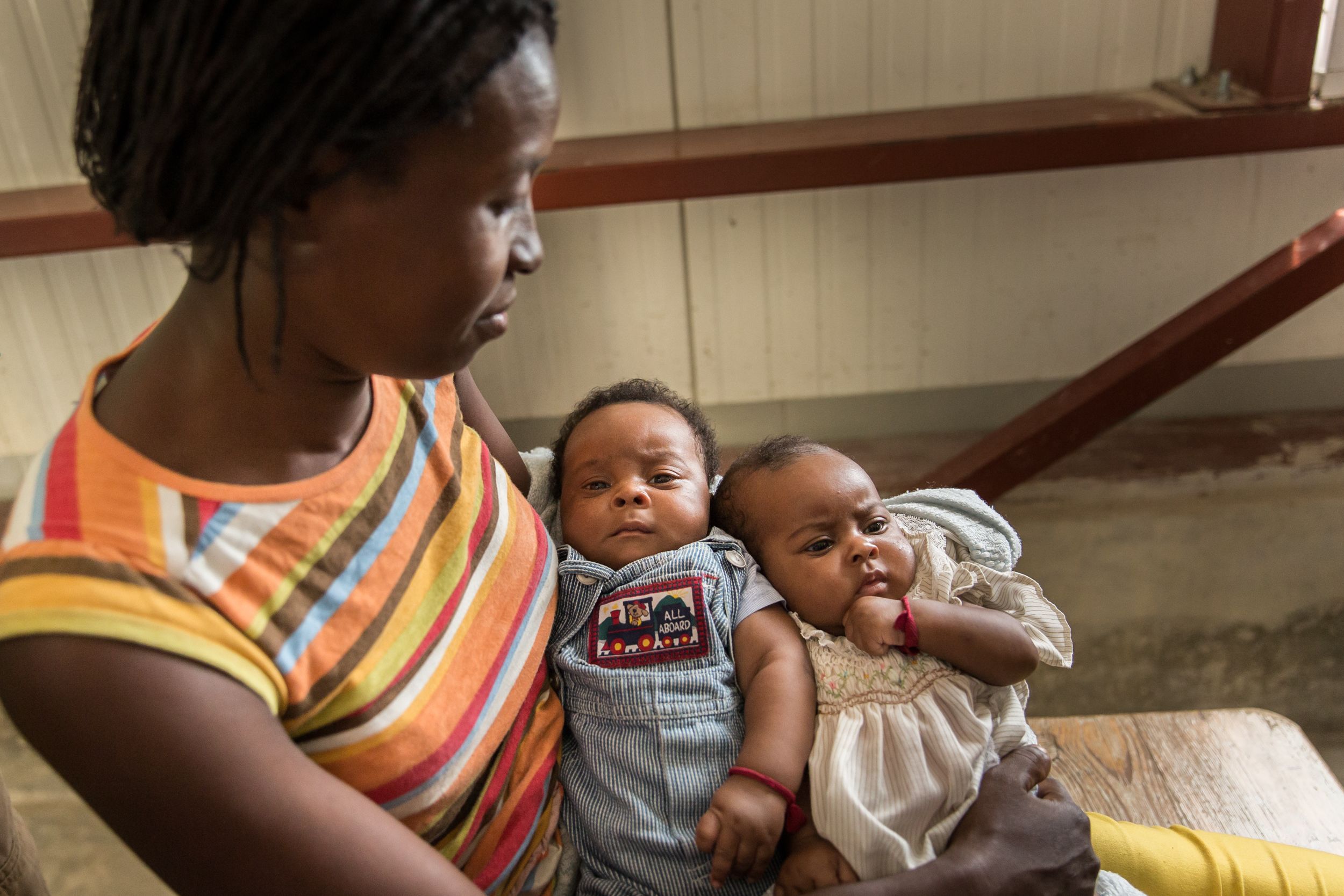
A widely cited concern is the cost of MMS production, as well the costs associated with switching from the current IFA programs. Photo: © Vitamin Angels
A widely cited concern is the cost of MMS production, as well the costs associated with switching from the current IFA programs. Photo: © Vitamin Angels
“Having MMS in the EML is a major milestone in our ability to reach more pregnant women with MMS, especially in low- and middle-income countries,” said Megan Bourassa, director of nutrition science at NYAS. “As a result, more infants will survive and fewer infants will be born too small or too early.”
The reaction from proponents of MMS was optimistic, with hopes that WHO will also unveil new guidelines that recommend MMS in antenatal care programs across the globe.
A 2015 study that surveyed IFA programs across 22 countries, found that barriers to successful implementation included a lack of understanding from pregnant women regarding the seriousness of anemia; failure to seek antenatal care; fears about possible side effects from the supplements; dislike of the taste, appearance and packaging of tablets; and a general distrust of health care providers.
Perhaps the most widely cited concern is the cost of MMS production, as well the costs associated with switching from the current IFA programs, which will also require additional training for health care workers and an increased outreach to government ministries and patients.
Many stakeholders, such as CIFF and Kirk Humanitarian, believe this is one of the easier challenges to overcome since overall costs are minimal and are far outweighed by the public health benefits.
“Holding back an impactful product because of cost is unethical,” said Askari. “If women in high-income countries can buy it off the shelf, not making it available in LMICs goes against the principles of diversity, equity, and inclusion — 20 years of research has shown that MMS is more impactful than IFA, and it’s time we put the power of decision making in the hands of mothers.”
Nutrition International’s costing tool assumes the cost per beneficiary for IFA is $2 and MMS is $3.42. However, these costs do not take into account economies of scale. Kirk Humanitarian, which has been championing MMS, has stated that the cost of MMS can be brought on par with IFA when produced in large enough quantities.
Photo: © Vitamin Angels

Notable MMS progress in Bangladesh


One third of pregnant women are underweight and 42% of women of reproductive age are anemic. Photo: Agenda for Future Leaders (AFL)
One third of pregnant women are underweight and 42% of women of reproductive age are anemic. Photo: Agenda for Future Leaders (AFL)
Bangladesh has the highest prevalence of low birth weight in the world. For the Bangladesh Ministry of Health and Family Welfare, or MOHFW, an increase in cost is worth it if the supplement can help save lives.
Over the past two decades, Bangladesh has made notable progress in reducing rates of maternal and child mortality. According to the Bangladesh National Nutrition policy, malnutrition and micronutrient deficiency, “especially with regard to vitamin A, iron, iodine, zinc, vitamin D, vitamin B12, and folic acid,” constitute a major public health concern. One-third of pregnant women are underweight and 42% of women of reproductive age — 15 to 49 years old — are anemic.
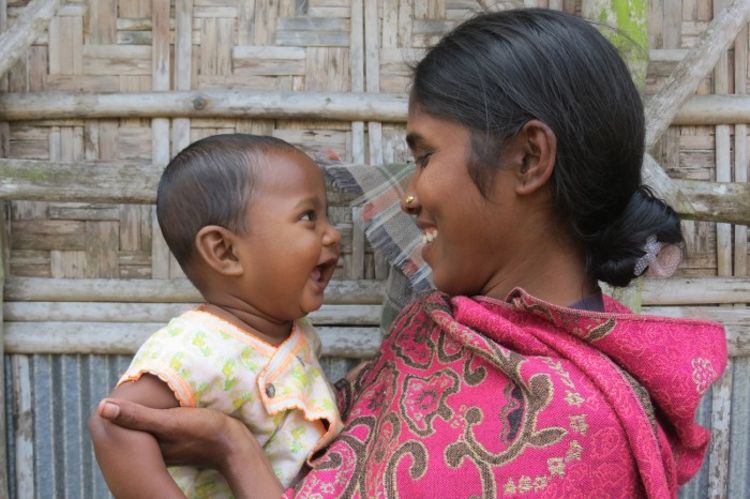
Over the past two decades, Bangladesh has made notable progress on reducing rates of maternal and child mortality. Photo: GAIN
Over the past two decades, Bangladesh has made notable progress on reducing rates of maternal and child mortality. Photo: GAIN
Although the Bangladesh Ministry of Health has previously distributed IFA supplements under current WHO guidance, Dr. S M Mustafizur Rahman, line director of the National Nutrition Services at MOHFW, says they were not “getting the desired results.” In line with the country’s 2nd National Plan of Action for Nutrition and National Adolescent Health Strategy, Rahman is also recommending MMS as the Chair of the Technical Advisory Group on MMS, or TAG.
“Investing in women’s nutrition, through MMS and improved antenatal care, can help break the intergenerational cycle of malnutrition. The question is not whether we can afford to do it, but whether we can afford not to!”
Bangladesh has hosted two major MMS clinical trials, including the largest MMS trial to date with over 44,000 pregnant women. Rahman’s team is also testing the distribution of MMS throughout the country as part of a pilot project with UNICEF for pro-poor free distribution through the public sector and testing a market-based model with the Global Alliance for Improved Nutrition through Social Marketing Company’s pharmacy outlets.
Rahman explained MOHFW is also scaling up advocacy efforts to change attitudes toward antenatal care. “We are using digital media, print media, even interpersonal communication,” he said.
The key to full coverage may lie in Bangladesh’s extensive network of retail pharmacies across the country. Although only 37% of pregnant women currently attend regular antenatal care visits, pharmacies are a familiar and trusted entity in community life.
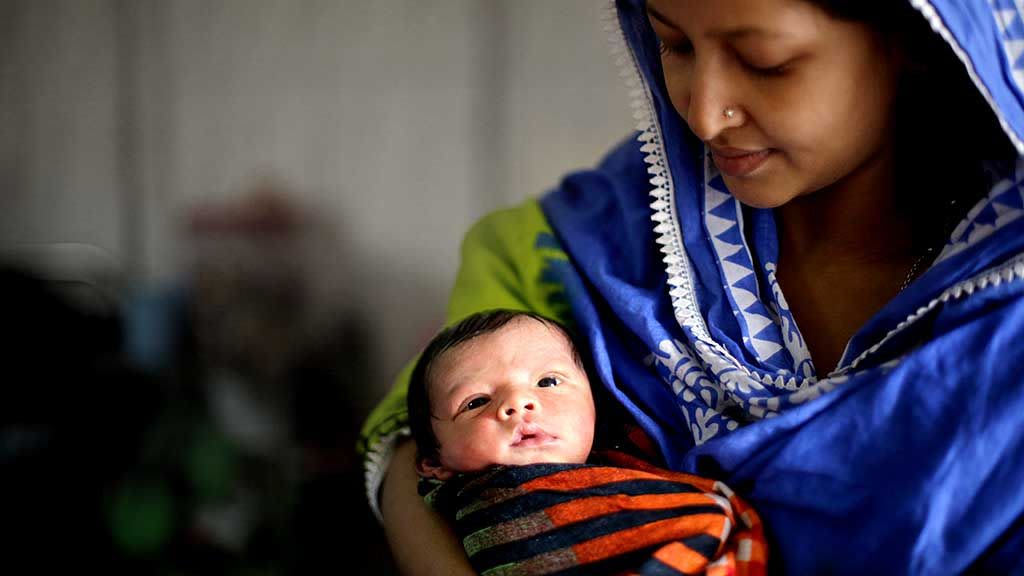
Bangladesh has the highest prevalence of low birth weight in the world. Photo: Asian Development Bank (ADB)
Bangladesh has the highest prevalence of low birth weight in the world. Photo: Asian Development Bank (ADB)
Bangladesh is the first LMIC to locally produce MMS, adhering to the recommended UNIMMAP formulation, for both domestic and export markets. The product, called FullCare, was launched in July 2021 and is available on the shelf for purchase in over 11,000 pharmacies countrywide so far. Between July and October, 2.8 million tablets have been sold, according to CIFF.
Toslim Uddin Khan, deputy managing director at SMC said: “MMS is a truly impactful product with the potential to transform the health of mothers and babies in Bangladesh. It’s remarkable to see such rapid sales growth since we launched FullCare only three months ago. Many pregnant women and their relatives are coming to buy it, and doctors are also now recommending MMS.”
A mobile approach to MMS in Haiti

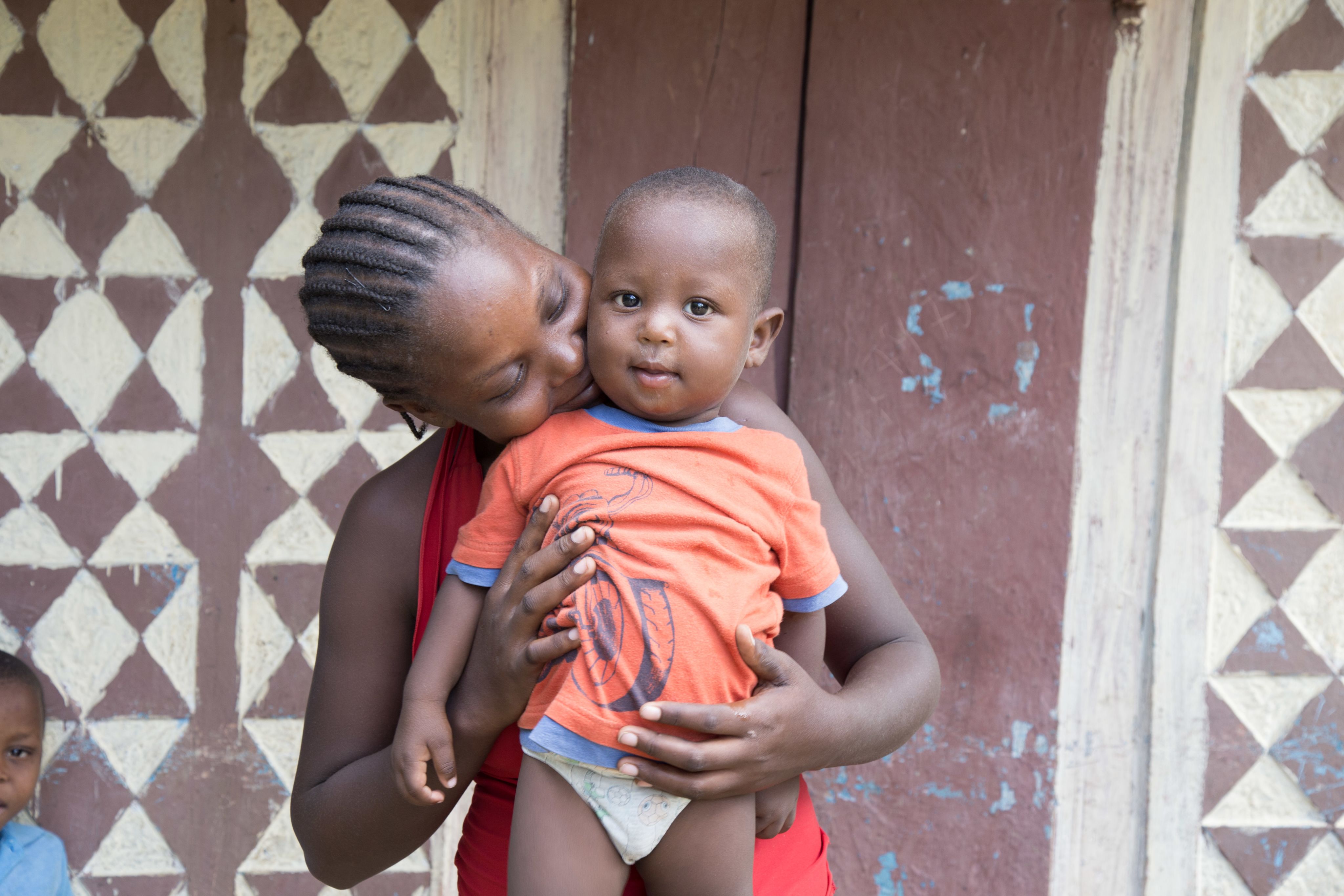
Mirlande and her son Josué in the coastal community of Léogâne, Haiti. © Marie Arago for Vitamin Angels
Mirlande and her son Josué in the coastal community of Léogâne, Haiti. © Marie Arago for Vitamin Angels
In Haiti, remote communities that lie many miles away from hospitals, pharmacies, and paved roads, have posed their own challenges to MMS distribution and proper antenatal care.
Residents of these last-mile communities face severe hunger and poverty, as well as the highest maternal mortality rate in the Western Hemisphere. In August, a 7.2 earthquake left 2,200 dead, blocking access to health clinics, crumbling vital infrastructure, and leaving maternity wards unsafe for deliveries. Additionally, the country is still reeling from political upheaval following the assassination of President Jovenel Moïse in July.
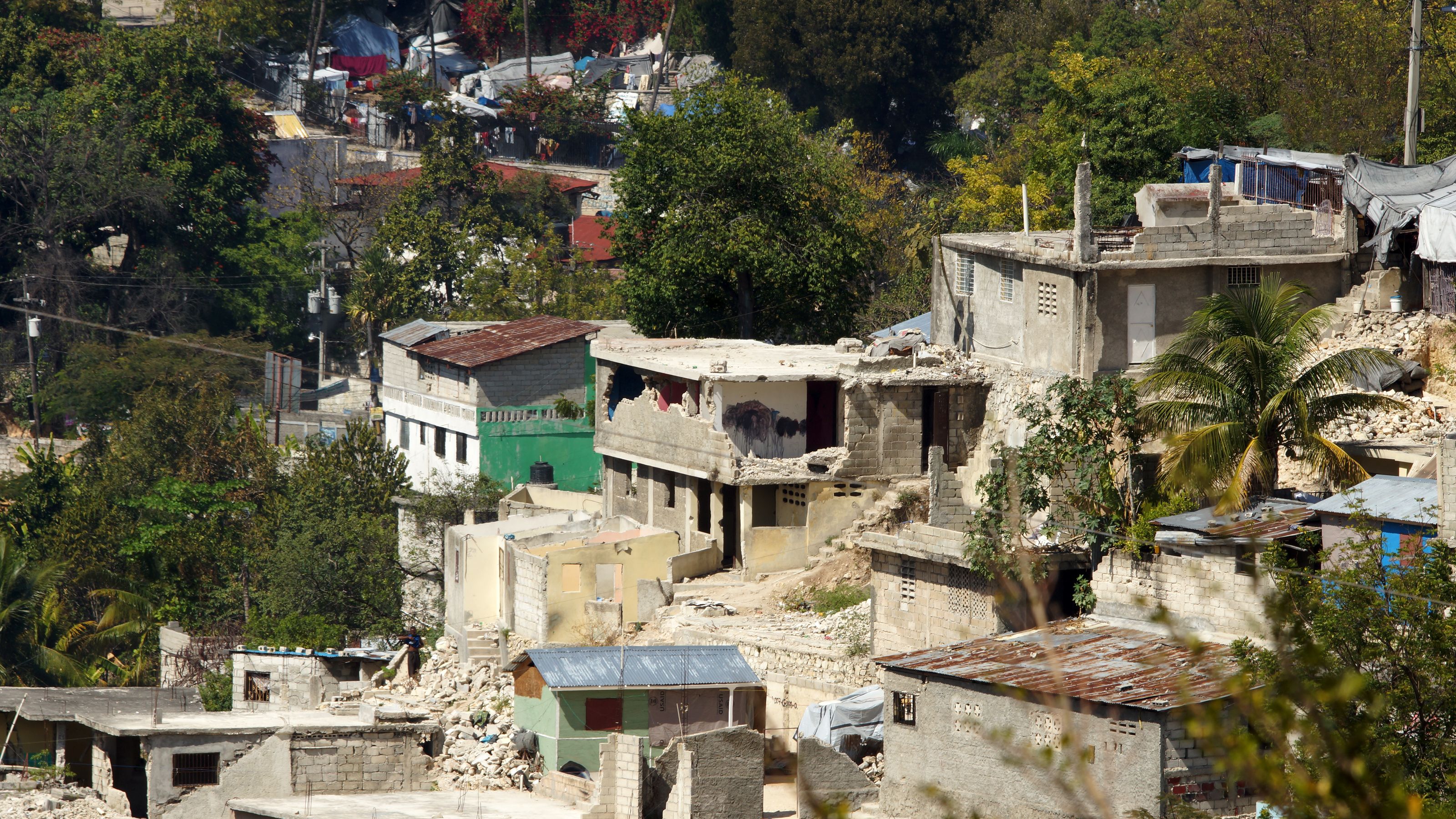
In August 2021 a 7.2 earthquake in Haiti left 2,200 dead, blocking access to health clinics and leaving maternity wards unsafe for deliveries.
In August 2021 a 7.2 earthquake in Haiti left 2,200 dead, blocking access to health clinics and leaving maternity wards unsafe for deliveries.
Approximately 523 women die for every 100,000 who give birth, compared with 17 women in the United States. “Maternal health carries an enormous risk for women in Haiti,” said Nadesha Mijoba, country director at the Haitian Health Foundation.
“Food is not readily available or is not economically feasible for many families to purchase. Certainly not the very good nutritious food that is needed during pregnancy and those critical first five years of the development of the child. So we really have to supplement the diet,” she said.
Haitian Health Foundation's Nadesha Mijoba outlines the challenges facing pregnant women seeking antenatal care in Haiti, and the role of MMS is ensuring good health.
According to Mijoba, rural Haitian women often distrust outside health organizations, preferring to rely on traditional healers. The Haitian Health Foundation has worked closely with local partners to overcome these barriers and ensure expectant mothers receive critical antenatal care. Each month, the foundation dispatches between 35 to 38 mobile health clinics mobile health clinics stocked with medicine and vitamins throughout the country’s isolated Grand’Anse region.

Remote communities such as Saint Rock, Haiti, face many challenges regarding MMS distribution and proper antenatal care. Photo: © Vitamin Angels
Remote communities such as Saint Rock, Haiti, face many challenges regarding MMS distribution and proper antenatal care. Photo: © Vitamin Angels
For Haitian mothers, the clinics and the supplements they provide constitute a literal lifeline. Women of reproductive age in Grand’Anse have the second highest rates of anemia in the country, at 54.9%, despite 90.3% antenatal care coverage.
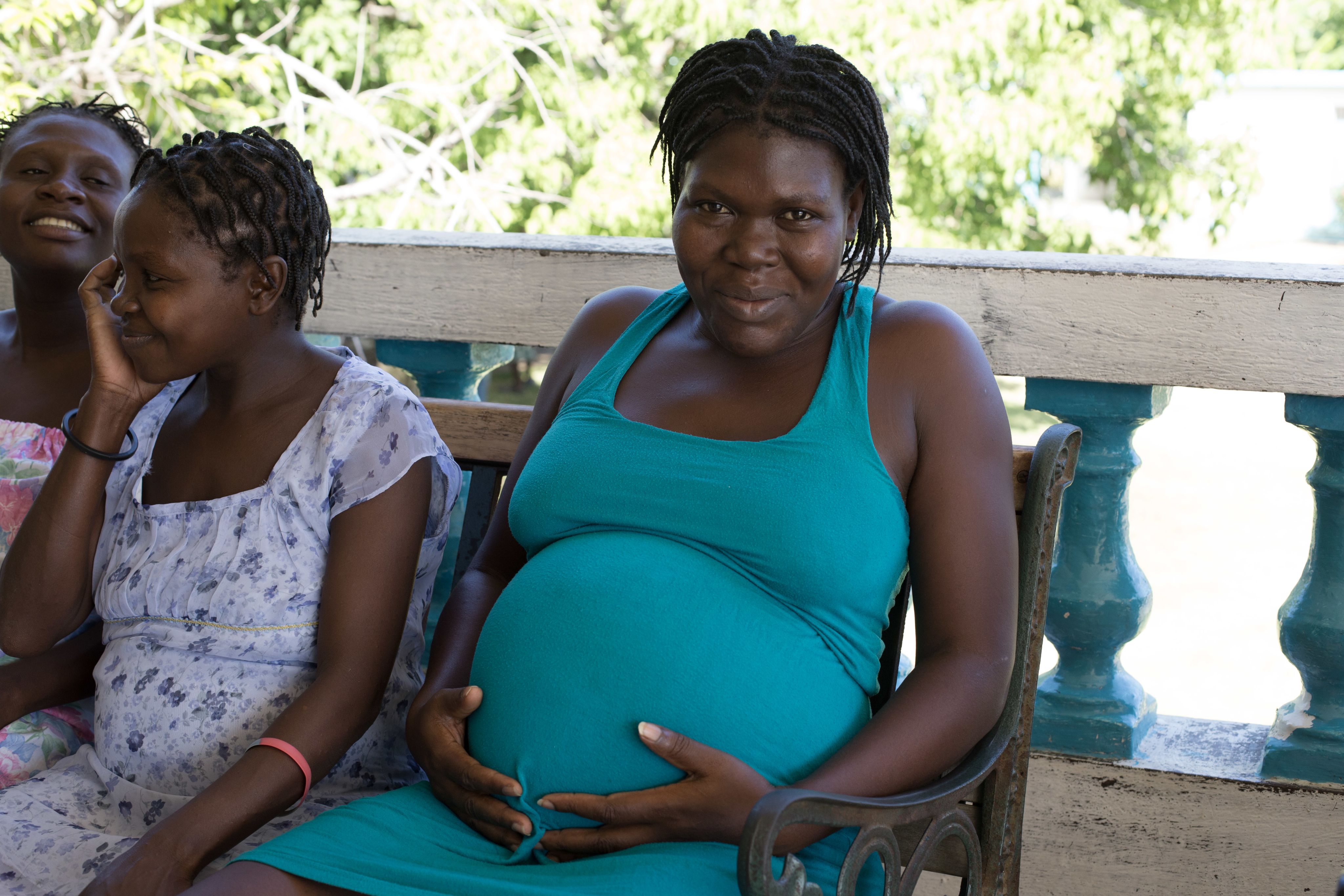
A pregnant woman waits to be seen outside a health facility in Jeremie, Grand’Anse, Haiti. Photo: © Vitamin Angels
A pregnant woman waits to be seen outside a health facility in Jeremie, Grand’Anse, Haiti. Photo: © Vitamin Angels
MMS proponent Nutrition International estimates that a switch from IFA to MMS could prevent the deaths of 1,361 children over a 10-year period in Haiti, and yield benefits that are 818 times greater than the costs incurred, assuming a 30% coverage rate.
Mijoba is pleased with the success of MMS distribution in Haiti through the mobile health clinics and hopes to see the supplement become standard policy. “I would love to see [MMS] added as a really specific protocol for maternal health and child health [by WHO]. I hope there is a lot more investment in the supplement and making sure these are readily available for pregnant and lactating women.”
A changing MMS landscape
Policies are gradually changing at international and national levels due to advocacy efforts across the scientific community, NYAS’ MMS technical advisory group, and organizations including CIFF, the Bill & Melinda Gates Foundation, Kirk Humanitarian, Vitamin Angels, GAIN, Sight and Life, UNICEF, the Healthy Mothers Healthy Babies Consortium, and various in-country organizations and government departments. Due to this collective effort, at least 19 countries are in various phases of adoption of MMS, including conducting implementation trials for scale up.
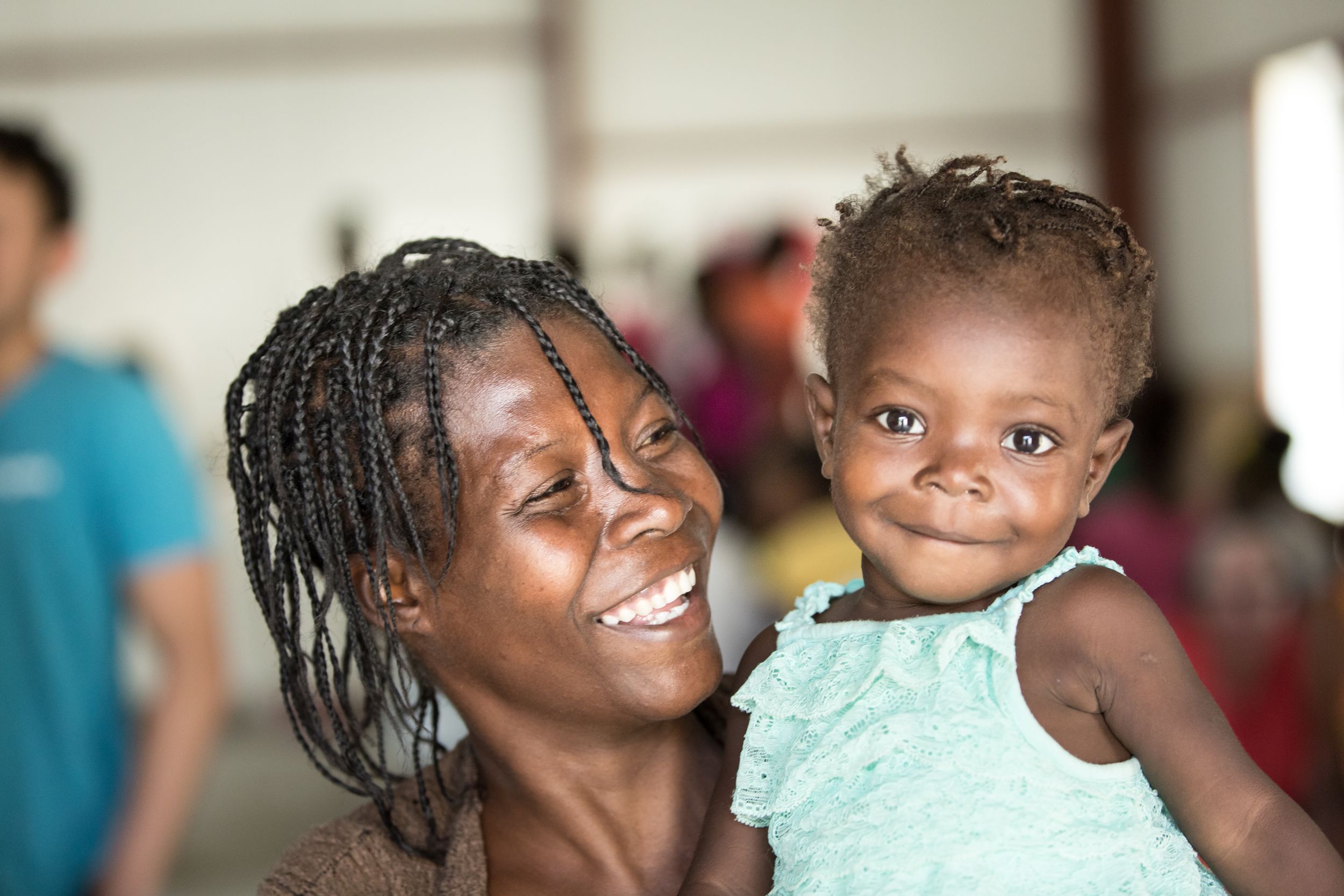
At least 19 countries are in various phases of adoption of MMS, including conducting implementation trials for scale up. Photo: © Vitamin Angels
At least 19 countries are in various phases of adoption of MMS, including conducting implementation trials for scale up. Photo: © Vitamin Angels
“Hunger and malnutrition are on the rise. Investing in women’s nutrition, through MMS and improved antenatal care, can help break the intergenerational cycle of malnutrition,” said CIFF’s Askari. “The question is not whether we can afford to do it, but whether we can afford not to!”
Photo: © Vitamin Angels
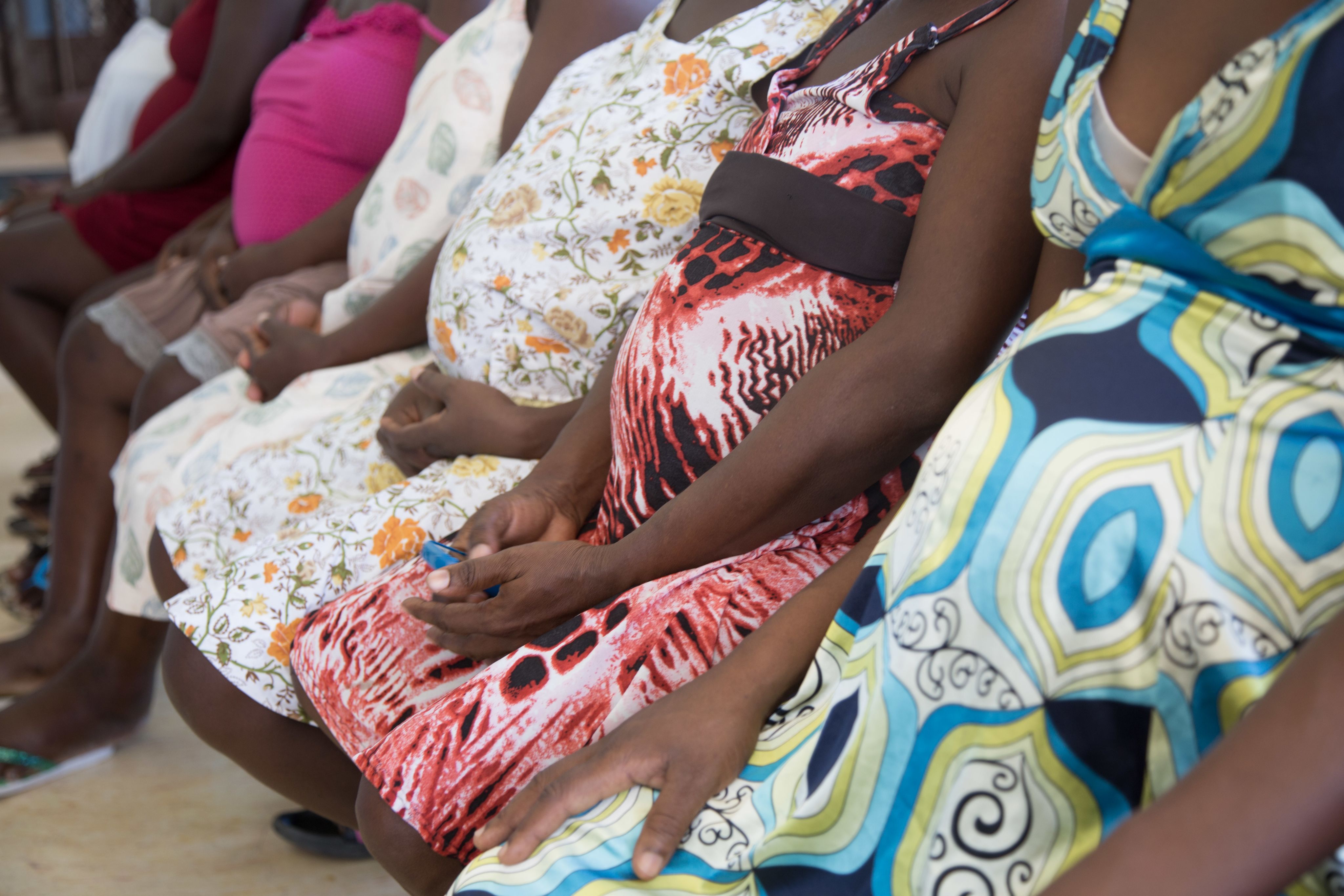
SPONSORED BY
Visit the Future of Food Systems series for more coverage on food and nutrition — and importantly, how we can make food fair and healthy for all. You can join the conversation using the hashtag #FoodSystems.
